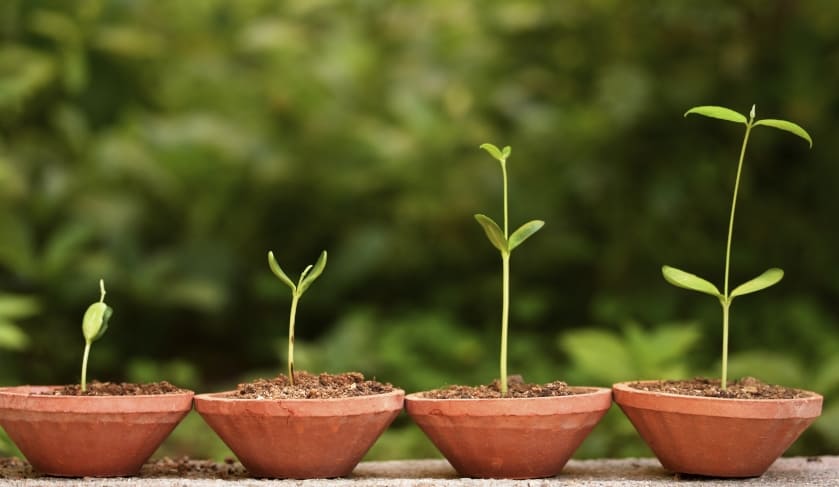115,000 first-home buyers hit the market, MPs battle on the numbers
The number of first-home buyers in the Australian property market has increased in the last two years, coinciding with softening home values, but both sides of government have clashed about whether these figures genuinely represent a first-home buyer's resurgence.

About 115,000 first-home buyers had their loans approved last financial year. The Liberal Party claims this is the largest number of loan approvals in eight financial years.
Further, from October 2016 to October 2018, first-home buyers’ share of residential lending in Australia rose from 13.7 per cent to 18.1 per cent.
It's important to note these figures come as other key segments of the lending market, like investors, saw access to finance restricted last year.
The banking regulator's restrictions on interest-only lending saw interest-only loan approvals fall by 54.9 per cent, or $74.4 billion, in the 12 months to the end of June 2018, representing 16.2 per cent ($61.2 billion) of new home loan approvals.
The regulator has lifted its cap on investor lending, effective from this month.
Battle lines
The federal government and opposition have locked horns on what these numbers mean in reality.
Deputy leader of the Liberal Party, Josh Frydenberg, claims a record high.
"Under Labor, first-home buyers were squeezed out of the market. We've turned this around. Last year we saw the largest number of loan approvals for first-home buyers since 2009/10," Mr Frydenberg said.
However, shadow treasurer Chris Bowen said the way these figures are represented is misleading.
"Absolute nonsense Josh and you know it. Under the ATM government, the percentage of home buyers has been at record lows consistently. Using absolute numbers for the increase is fundamentally dishonest, which is standard procedure for you guys," Mr Bowen said.
The reality
Several factors have contributed to these trends over time, but an accepted view from economists is it's ultimately the cost of housing that contributes to a first-home buyer's ability to enter the market.
Across the board, prices are softening. Key capital city markets like Sydney and Melbourne are currently experiencing steep declines. The latest data from CoreLogic shows Sydney’s home values are now down 11 per cent from their peak in July 2017, and Melbourne’s are down 7 per cent from their November 2017 peak.
Access to capital - i.e., savings - is also a crucial factor for first-home buyers. Wage growth and the cost of living are substantial contributors to a first home-buyer's bottom line, but some government initiatives have provided temporary boosts in recent years.
The First Home Owner Grant scheme, established in 2000 by the federal Liberal government and legislated per state, has given home buyers a leg up in the last few years. This includes states like NSW which had the lion’s share of values growth since 2015.
More recently, the federal government introduced a housing affordability package, which incentivised first-home buyers through initiatives such as the ‘first home super saver scheme’ (FHSS). This scheme allows first-home buyers to use their superannuation for a deposit.
ATO data indicates that during the period 1 July to 6 August 2018, 1,449 FHSS determinations were made, and 592 people requested a release of their FHSS amount.
